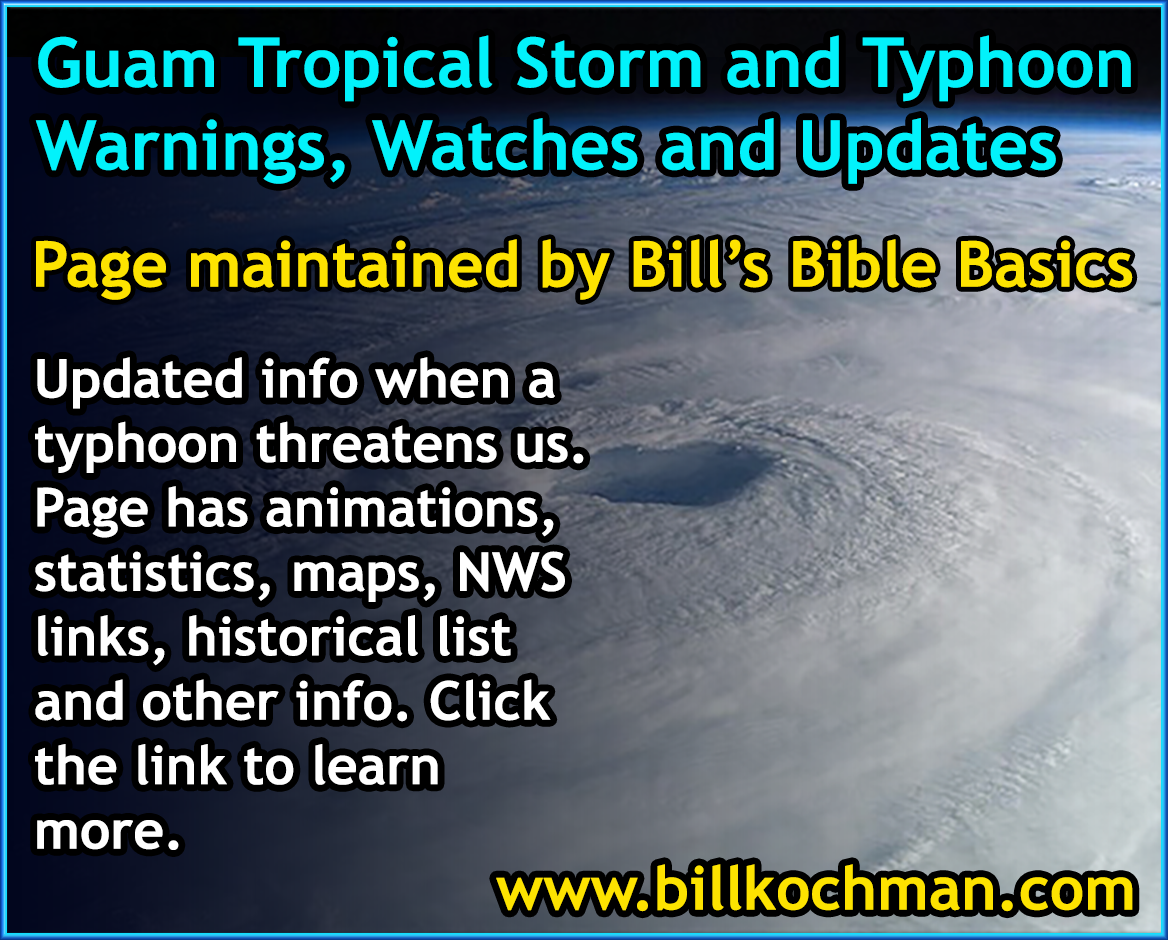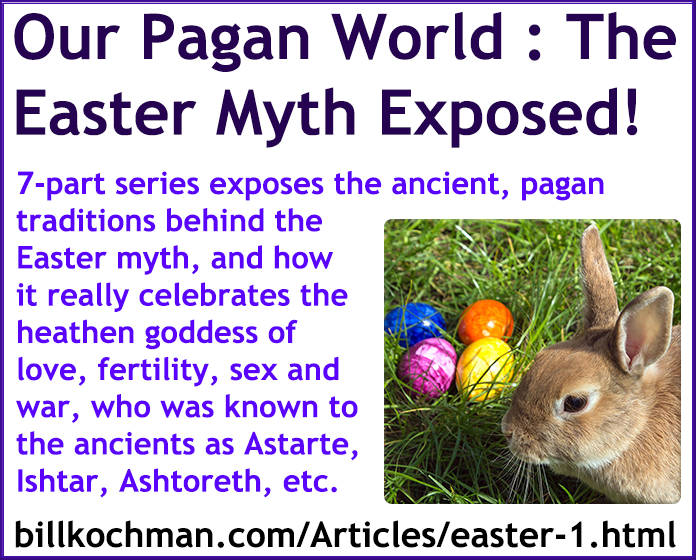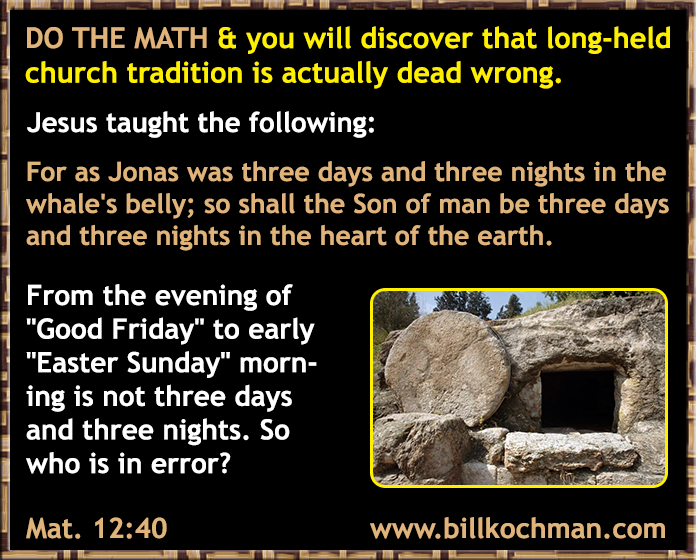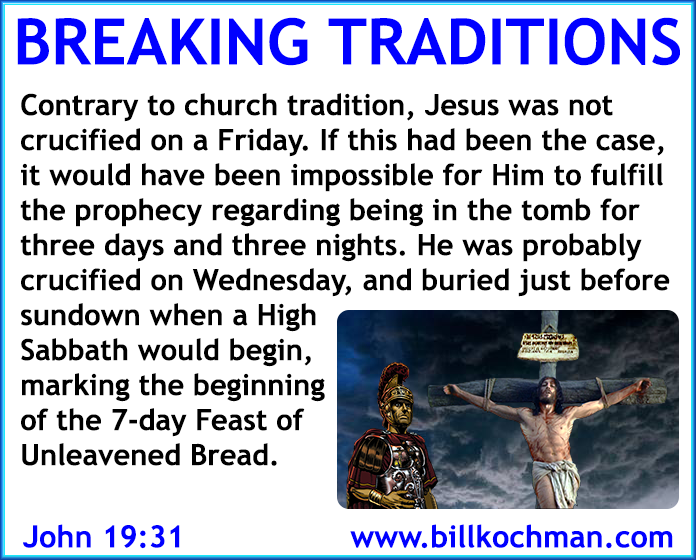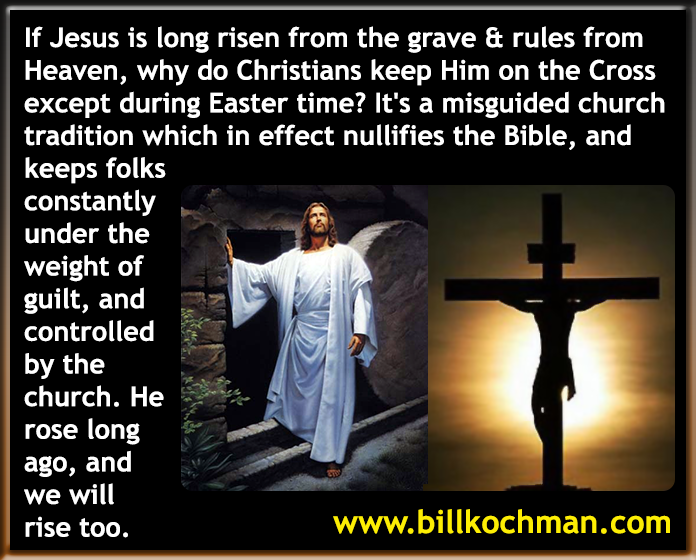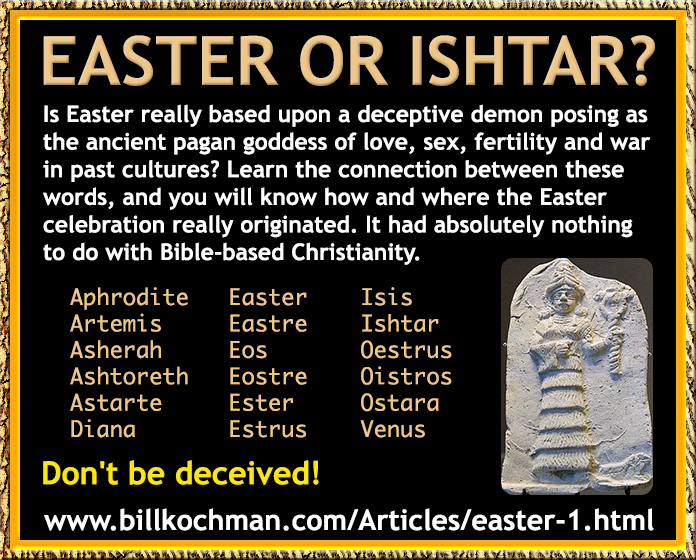
https://www.billkochman.com/Blog/earthquakes-dont-spread-fear/
Being as I live in an earthquake-prone area of the world not far from the convergence of two tectonic plates, some time ago, I installed a number of earthquake-related apps on my iMac, as well as on my iPhone. These things are pretty nifty. Does anyone even use that word anymore? I guess it kind of reveals my age.
Anyway, on my iPhone, one of these apps — which is free, by the way — is called “EQ Report”. This software is the official app for the earthquake-report.com website. The app provides a list of up-to-the-minute earthquakes which are occurring around the world. Within its settings, the user can adjust certain parameters so that the list only shows earthquakes which meet certain criteria.
For example, one can adjust which alert sound to use, the minimum magnitude of the quakes to be displayed in the list, the depth of the earthquake, and the region of the world from which one wants earthquakes to be listed. The one exception is that earthquakes with a magnitude of 6.0 or above are always displayed in the list regardless of one’s settings, and an alert will sound when such strong earthquakes do occur.
One thing I have noticed is that whenever earthquakes are strong enough to make the nightly news, there tends to be a lot of buzz on the Internet as well; particularly on the social networks, such as Facebook for example. Sadly, it has been my observation that sometimes, the comments which are made, and the information which is shared, is not always accurate. Having said that, I would like to use this blog post to put things in proper perspective for those of you who may have an interest in this topic.
First of all, as most people will already realize, there are earthquakes happening around the world all the time. In fact, they occur every single day somewhere in the world. Some of them — most of them, actually — are so weak, that they remain undetectable, and aren’t even noticed by us humans as we go about our daily affairs. They are only registered on machines at the various seismological agencies and institutions around the world.
These rarely-noticed temblors may be MINOR earthquakes in the 3.0 to 3.9 magnitude range, or they may be LIGHT earthquakes in the 4.0 to 4.9 magnitude range. To be honest, earthquakes in the MINOR and LIGHT classification are really nothing to worry about. You might notice a LIGHT earthquake if you are sitting right on top of or very near to its epicenter, but that is about it. It is really nothing to get bent out of shape over.
Other earthquakes may be a little stronger and are more noticeable by us as we carry on each day. These shakers are referred to by seismological organizations as MODERATE earthquakes, and have a magnitude of 5.0 to 5.9 on the Richter scale. With this level of earthquakes, you may feel a quick, sudden jolt or two, and maybe some brief, slight rolling motion. These quakes can cause slight damage to some buildings if they are not constructed properly according to earthquake-resistant building codes.
Where I live, we experience this class of earthquakes on a fairly regular basis, perhaps every few months or so. Sometimes, if I am busy, or even sleeping, I won’t even notice them if they are on the lower end of the MODERATE scale. Or I may look up and I will think to myself “Was that an earthquake?”
Further up the Richter scale are what seismological agencies refer to as STRONG earthquakes. These temblors have a magnitude of 6.0 to 6.9. You will definitely feel and notice these shakers without a doubt. It is within this range where more widespread damage begins to occur; particularly if a populated area is located near the epicenter. But again, it also depends a lot on the construction of the buildings in the area. I have been through plenty of earthquakes of this magnitude during my lifetime where very little damage was reported.
Beyond that, we have what are referred to as MAJOR earthquakes, which are in the 7.0 to 7.9 magnitude range. With these temblors, the damage can become really serious, depending on the location of the epicenter, and again, the construction of the buildings. I have been through a number of these over the years in Mexico, Japan, and in my current locale.
Finally, we have what are referred to as GREAT earthquakes, which have a magnitude of 8.0 or more. These quakes can result in catastrophic damage, and can wipe out entire communities, depending on the location of the epicenter. Pray to God that you never have to go through one of these.
As I mentioned a moment ago, I have been through A LOT of earthquakes during my lifetime of every classification, including one great earthquake — what is known as a thrust earthquake — in August of 1993. That earthquake had a maximum Mercalli intensity of IX, meaning that it was violent. It generated a minor tsunami of about seven feet. While we did experience some structural damage, and a few serious injuries, by God’s Grace, not a single soul died as a direct result of that long, powerful, grinding quake. The New York Times reported the following on August 9, 1993:
—– Begin Quote —–
The earthquake, in an area known for strong tremors, measured 8.1 on the Richter scale of ground motion, said Frank Baldwin of the National Earthquake Information Center in Golden, Colo. Officials at the University of California Seismographic Station at Berkeley said the station measured the quake at 8.2. An earthquake of 8 or above is considered great and capable of causing tremendous damage in populated areas.”
Several aftershocks were reported, the largest measuring 5.5 on the Richter scale, said Marvin Carlson of the earthquake center. More aftershocks are expected.
Sixty people were treated at Guam Memorial Hospital, mostly for minor cuts and bruises, said an administrator.
Cars caught on bridges tumbled into rivers and there were reports of rock and land slides, the police said. Communication with the northern part of the island was difficult because of downed telephone poles.
—– End Quote —–
Sometimes, after an earthquake has occurred, and there has been time for further analysis, seismological agencies will downsize the magnitude of a quake. This may possibly explain why on the Wikipedia website, the very same earthquake is assigned a magnitude of 7.8, instead of 8.1 or 8.2, as reported in the New York Times. In fact, on the U.S. Geological Survey website, the 1993 earthquake is also now listed as being a 7.8 quake. Whatever the case may be, I can tell you that I was here; I experienced it; and it was the longest and most powerful earthquake I have ever been through in my entire life.
At this point, I would like to briefly discuss earthquake activity for our current year. That is, 2020. For the record, as I write this post on the early morning of January 11, 2020, based on my settings in the “EQ Report” app, since January 1st of this present year, while there have been a lot of MINOR and LIGHT earthquakes, there have been exactly 38 MODERATE earthquakes between magnitude 5.0 and 5.9, and only 4 STRONG earthquakes in the 6.0 to 6.9 magnitude range. The strongest earthquake thus far this year has been the 6.6 magnitude quake which occurred near Puerto Rico on January 7, 2020. There have been no major earthquakes yet this year. Neither have there been any great earthquakes, thank God.
One thing I would like to mention here is that we need to be careful regarding the descriptive words we use to describe these earthquakes. For example, it really irks me when the news media, online websites, etc., purposely resort to using sensationalism and exaggeration when describing these quakes, for the benefit of increasing both their readership, as well as their profit margin. They will use phrases such as “major earthquake”, when in reality, there have been ZERO actual MAJOR earthquakes thus far this year. Not only that, but as we have already seen, there have only been four STRONG earthquakes thus far this year. All the rest were moderate, light or minor in magnitude.
Sadly, I have noticed that a lot of people on the social networks do the very same thing. However, in all fairness, I prefer to attribute a lot of their misguided comments to human error, emotionalism, possibly wanting to draw attention to themselves, or maybe just plain old ignorance; meaning that they do not properly understand how seismological agencies classify earthquakes.
For example, a person who has never experienced an earthquake in their life, might be freaked out by a 4.5 quake, and will tell all their online friends that they had a “strong” earthquake, or a “very big” earthquake, or even a “major” earthquake. Of course, that just isn’t so. But they don’t know that; because they have never been through an earthquake before. My gosh, a 4.5 is hardly noticeable, and we would barely turn our heads here where I live.
So friends, if you are going to talk about earthquakes, please be careful regarding the language that you use. Keep a level head about it, and please don’t blow things out of proportion when earthquakes do happen, due to your own fear, or due to some other reason. Let’s be responsible with our words, and not be guilty of spreading unnecessary worry and fear. As Christians, we should strive to give people hope, peace and trust in the Lord, and not worry and fear. We need to let them know that God loves them, and that He will take care of them no matter what, if they are trusting in Him, and obedient to His Will. The Bible teaches us that if we know that God loves us and cares for us, then we should not fear, no matter what comes our way. So again, let’s carefully measure our words when it comes to earthquakes, and strive to be accurate. Allow me to share a few Bible verses with you for your personal consideration:
“For God hath not given us the spirit of fear; but of power, and of love, and of a sound mind.”
2 Timothy 1:7, KJV
“Thou wilt keep him in perfect peace, whose mind is stayed on thee: because he trusteth in thee.”
Isaiah 26:3, KJV
“Casting all your care upon him; for he careth for you.”
1 Peter 5:7, KJV
“There is no fear in love; but perfect love casteth out fear: because fear hath torment. He that feareth is not made perfect in love.”
1 John 4:18, KJV
“Fear thou not; for I am with thee: be not dismayed; for I am thy God: I will strengthen thee; yea, I will help thee; yea, I will uphold thee with the right hand of my righteousness.”
Isaiah 41:10, KJV
“And the peace of God, which passeth all understanding, shall keep your hearts and minds through Christ Jesus.”
Philippians 4:7, KJV
“Peace I leave with you, my peace I give unto you: not as the world giveth, give I unto you. Let not your heart be troubled, neither let it be afraid.”
John 14:27, KJV
“Great peace have they which love thy law: and nothing shall offend them.”
Psalm 119:165, KJV
“The angel of the LORD encampeth round about them that fear him, and delivereth them.”
Psalm 34:7, KJV
Thanks for taking the time to read this.


